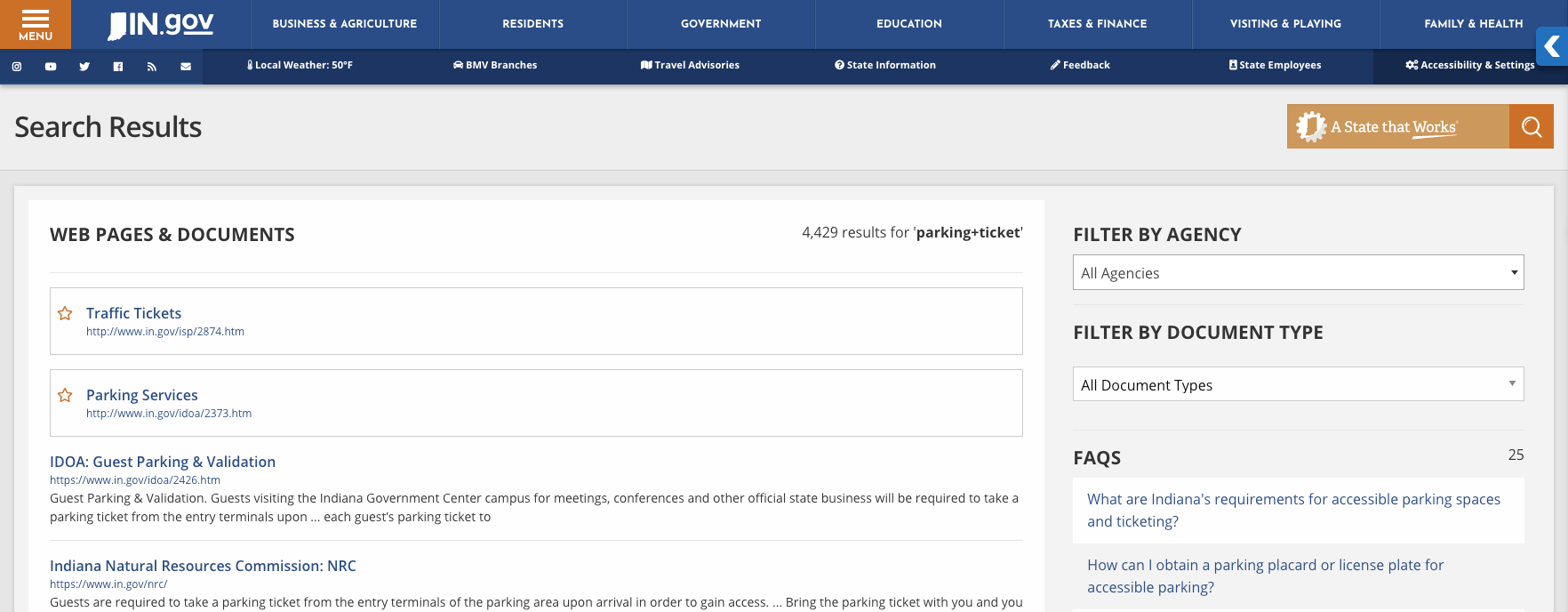Search powered by Funnelback
Your customers know what they want. And you want to get it to them. But are you putting unnecessary barriers in their way, costing you - and them - extra time and money?
“Channel shift” is a means of identifying the most efficient way to deliver information. It’s placing information where it is most helpful for your audience. In return, you are better able to deliver significant value for the investment. In practice, channel shift is often moving a business activity (like paying a bill, transferring money or applying for a job) from a labor-intensive activity (like a phone call) to an online, self-service activity that is easier for the customer and does not require paid customer service teams to answer the phone. Time saved for the customer, cost saved for you.
What obstacles remain? If channel shift pays dividends in cost savings, user experience, and convenience, why are some organizations still dragging their feet?
Helping each department to move to a different platform and means of interacting with customers can be daunting. Customer service using an on-site chatbot instead of email, for example, would require a completely new set of training and tools.
But not everything needs to be complicated.
Let them find the light with search
In most instances, some 43% of people go right to the search bar on your site to find what they need. (Your number may be higher or lower depending on customer experience with your search.) They likely view your site as a trustworthy and effective place to get information, complete a task, or stay up to date if they already rely on your search bar to help them accomplish tasks.
Most users come to the website before picking up the phone. If users can find exactly what they need in a matter of seconds on your site, they are suddenly much less inclined to make that call.
Renew your search, reuse content, recycle your approach
Unless your computer can read your mind, most of us start our experience on a new site with the search box. Users expect the search box to understand what they want and what they mean, in the same way Amazon or Google will interpret their intent. Optimized site search provides the right information, at the right time, to the right people. And if your brand has a great deal of content across one or multiple websites, social media, and elsewhere, you need a method to uncover that content. And visitors expect spellcheck, synonyms, autocomplete, snippets, and recommendations from their experience with web search engines like Google.
No one calls Amazon to find a product. The search on the site just works.
Unify, Optimize, Personalize
Your search has the potential to be a hub of information. If you aren’t utilizing these quick wins for customer service, you may be missing out on real opportunities with channel shift:

- Include snippets with answers to FAQs.
- Connect content from social media, event boards, office locations, directories, and other media into a single search results page.
- Add facets to navigation to easily filter by audience type or content type.

- Exclude old or irrelevant content, add facets to navigation to filter by audience type and account for synonyms to translate natural language and internal jargon. You can also provide personalized experiences through location-based results, providing content based on a visitor’s geographical data or registered account.
When pairing modern search functionality with robust analytics, you can easily make decisions about hot content, keep up with the user’s expectations, and provide answers all in one spot instead of fielding an email or call.
Where to start?
What are the 30 most common queries on your site? What is the intent behind their queries? Make sure your search empowers your users to find answers, complete their task or take action easily. The goal is for every interaction, whether physical or digital, to be seamless. Take the first step towards lowering the cost of interaction and customer service by optimizing your search for channel shift today.



